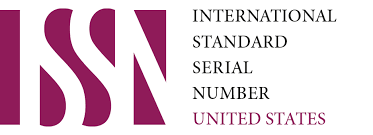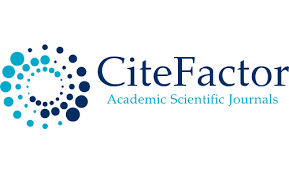Examining and monitoring of the impact of hypo dynamic factors on the state of physical fitness in students
Keywords:
healthy lifestyle, monitoring, state standards, hypo dynamic factor, movement trainingAbstract
By this article the results of sociological research on the relationship of physical education and sports with students of various disciplines, not specializing in physical culture, and current issues in the formation of a healthy lifestyle physical culture in students were described
References
Decree of the President of the Republic of Uzbekistan PF-6099 "On measures to promote a healthy lifestyle and further development of mass sports." Tashkent, October 30, 2020.
Matveev L.P. Theory and methods of physical culture. // L.P.Matveev. - izd. 4-e. - St. Petersburg. Lan. Omega. 2004. - 158 p.
Xankeldiev Sh.X., Khasanov A.T. Metodicheskie osobennosti zdorovesberegayushchix technologies in the learning process of students.// Fan-sportga. Scientific-theoretical journal. Number 1. Tashkent. 2016 y. Pages 7-10.
Khasanov A., Bobojonov N., Mamadova F. Methodological approaches to the development of a professiogram for a physical
education teacher.// International Journal of Research in Economics and Social Sciences (IJRESS) Vol. 10 Issue 12, December- 2020
ISSN: 2249-7382. Pages 45-51.
Khasanov A.T., Kozlova G.G., IkromovI.I. New pedagogical technologies in improving the physical fitness of students.// Frontline social sciences and history journal. Volume 01 Issue 05, 2021. Pages 22-29.
KhankeldievSh.Kh., AbdullaevA., KasachYu.M., HamrokulovR., YuldashevM., KhasanovA. Physical culture of a healthy lifestyle. Study guide. Fergana, 2010.-227 pages
Downloads
Published
Issue
Section
License

This work is licensed under a Creative Commons Attribution-NonCommercial 4.0 International License.
User Rights
Under the Creative Commons Attribution-NonCommercial 4.0 International (CC-BY-NC), the author (s) and users are free to share (copy, distribute and transmit the contribution).
Rights of Authors
Authors retain the following rights:
1. Copyright and other proprietary rights relating to the article, such as patent rights,
2. the right to use the substance of the article in future works, including lectures and books,
3. the right to reproduce the article for own purposes, provided the copies are not offered for sale,
4. the right to self-archive the article.












